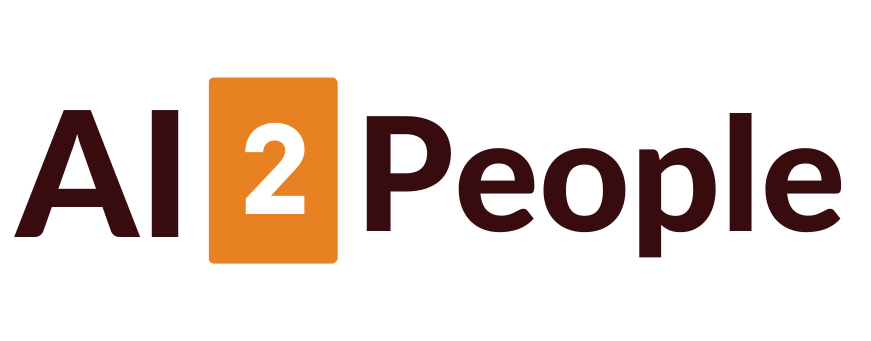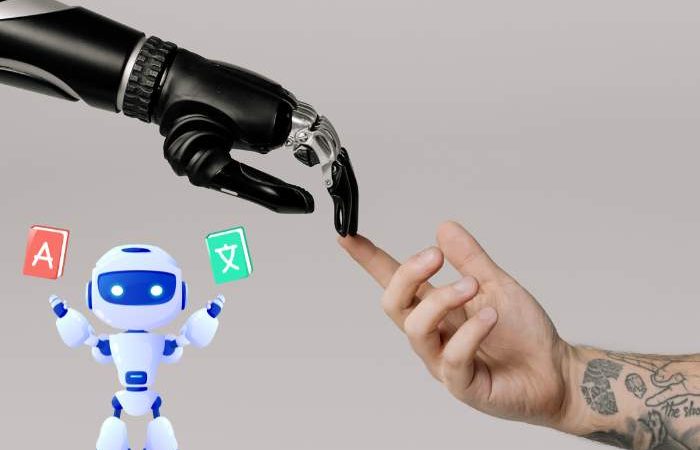
Understanding Natural Language Processing (NLP) and its Applications in AI
Natural Language Processing (NLP) is a subfield of artificial intelligence (AI) that focuses on the interaction between computers and humans through natural language.
The primary goal of NLP is to enable computers to understand, interpret, and generate human language in a way that is both meaningful and useful. This involves a range of computational techniques and methods for analyzing and synthesizing natural language and speech.
Core Components of NLP
- Syntax Analysis (Parsing): The process of analyzing the structure of sentences. Syntax analysis helps in understanding the grammatical structure, which includes the arrangement of words in a sentence.
- Semantic Analysis: This involves understanding the meaning of the words and how these words combine to form meaningful sentences.
- Pragmatic Analysis: It focuses on the context within which language is used, helping to interpret the intended meaning in specific situations.
- Morphological Analysis: This involves the study of the structure of words and parts of words, like roots, prefixes, and suffixes.
- Discourse Integration: It ensures that the meaning of individual sentences is integrated into a larger context, making the overall discourse coherent.
Applications of NLP in AI
NLP has a wide range of applications in various fields, transforming how machines interact with human language. Some notable applications include:
Chatbots and Virtual Assistants
Chatbots like Siri, Alexa, and Google Assistant leverage NLP to understand and respond to user queries in natural language. These systems utilize speech recognition to convert spoken language into text, process the text to understand the intent, and generate appropriate responses.
Machine Translation
NLP is at the core of translation services such as Google Translate. These systems can convert text or speech from one language to another, making cross-linguistic communication more accessible.
Sentiment Analysis
Businesses use sentiment analysis to gauge customer opinions and feedback from social media, reviews, and other online platforms. By analyzing text data, companies can understand customer sentiment and adjust their strategies accordingly.
Text Summarization
NLP algorithms can automatically generate summaries of large documents, making it easier to extract key information quickly. This is particularly useful in areas such as news aggregation and academic research.
Information Retrieval
Search engines like Google utilize NLP to improve search results by understanding the context and intent behind user queries, leading to more relevant and accurate results.
The Role of NLP in AI Video Generators Apps
AI video generators have emerged as powerful tools that can create video content from text descriptions. These applications leverage the capabilities of NLP in several critical ways:
Script and Content Generation
NLP algorithms can generate video scripts from simple text inputs. By understanding the context and semantics of the input text, NLP can create coherent and engaging scripts that can then be converted into video narratives.
Speech Recognition and Synthesis
For video content that includes spoken narration, NLP can transcribe spoken language into text (speech recognition) and generate synthetic speech from text (speech synthesis). This enables the creation of voiceovers and narrations that match the generated video content.
Contextual Understanding and Scene Generation
NLP helps AI video generators understand the context of the text input to create appropriate scenes. For instance, if the input text describes a beach scene, the NLP component ensures that the generated video includes visual elements like sand, sea, and palm trees.
Dialogue and Character Interaction
In videos that include characters and dialogues, NLP can generate realistic interactions and conversations between characters. This involves understanding the dialogue structure and generating responses that make sense within the context of the video.
Example: Synthesia
Synthesia is an AI video generation platform that utilizes NLP to create professional-looking videos from text. Users can input text scripts, and the platform uses NLP to generate videos with avatars that speak the input text naturally. This application is particularly useful for creating training videos, marketing content, and personalized messages.
Challenges in NLP
Despite its advancements, NLP faces several challenges:
- Ambiguity
Human language is inherently ambiguous. Words can have multiple meanings, and sentences can be interpreted in various ways based on context. Resolving these ambiguities is a significant challenge for NLP systems.
- Contextual Understanding
Understanding context is crucial for accurate language interpretation. NLP systems must consider not just the immediate sentence but the broader discourse to accurately capture meaning.
- Cultural and Linguistic Diversity
Languages vary widely in structure, grammar, and vocabulary. Additionally, cultural nuances can affect language usage and interpretation, making it challenging to develop NLP systems that perform equally well across different languages and cultures.
- Data Privacy and Ethical Concerns
NLP systems often require large amounts of data for training, raising concerns about data privacy and security. Additionally, there are ethical considerations related to the misuse of NLP technology, such as generating misleading information or deepfakes.
Future of NLP
The future of NLP holds exciting possibilities:
- Improved Human-Computer Interaction
As NLP technology advances, we can expect more natural and seamless interactions between humans and machines, making technology more accessible and intuitive.
- Enhanced Multilingual Capabilities
Future NLP systems will likely be more adept at handling multiple languages and dialects, breaking down language barriers and fostering global communication.
- Integration with Other AI Technologies
NLP will continue to integrate with other AI technologies such as computer vision and robotics, leading to more comprehensive and versatile AI applications.
- Ethical and Fair NLP Systems
There will be a growing focus on developing NLP systems that are fair, unbiased, and respectful of privacy, addressing current ethical concerns and building trust with users.
Conclusion
Natural Language Processing is a cornerstone of artificial intelligence, enabling machines to interact with human language in meaningful ways. Its applications span across various domains, from virtual assistants to video generation apps, transforming how we communicate and create content. While challenges remain, the future of NLP promises even more sophisticated and ethical interactions between humans and machines, driving innovation and connectivity in our increasingly digital world.





















